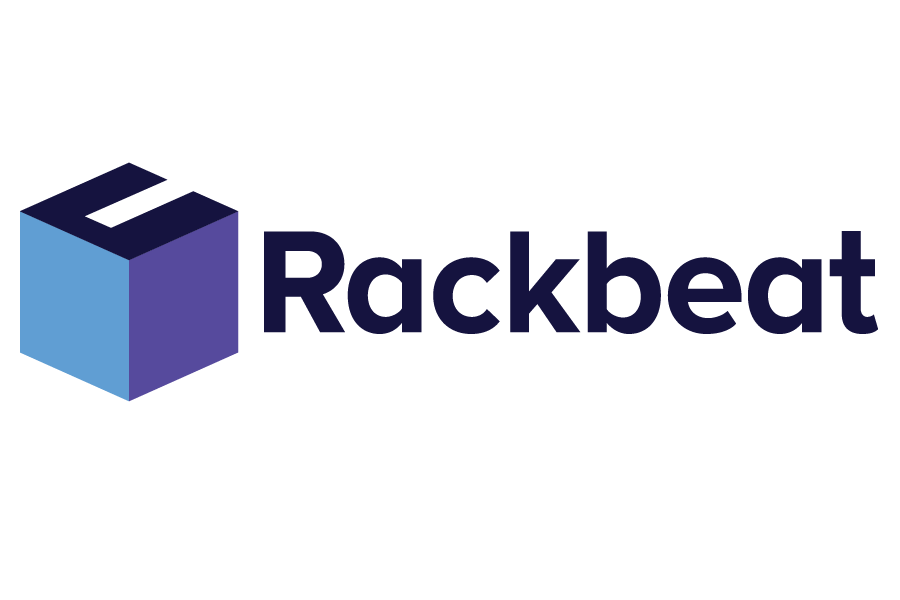POS (Point of Sales)
POS, or Point of Sales, refers to the place or system where a transaction between a retailer and a customer takes place. This can be in the form of a physical cash register in a store or a digital system on an online platform. POS systems handle sales transactions, payment processing, and sometimes also simple inventory management and customer administration.
Rackbeat November 1, 2024
POS System Functions
A POS system consists of hardware and software that work together to make the sales process efficient and straightforward. Hardware includes cash registers, scanners, receipt printers, and payment terminals, while software handles transaction data, inventory levels, price updates, and customer information. Modern POS systems can also integrate with e-commerce platforms, accounting systems and inventory management software.
Benefits of a POS System
A POS system offers several benefits for retailers. It allows real-time recording and tracking of sales, which improves the inventory management and reduces errors. POS systems can also enhance the customer experience by offering faster and more accurate transactions. Additionally, they provide valuable insights into sales data, which can be used to make informed business decisions.
Challenges of POS Systems
While POS systems are highly advantageous, they can also pose certain challenges. Implementing a new system can be time-consuming and require staff training. Moreover, it is crucial to ensure that the system is secure and protected against data breaches. Technological issues can also arise, potentially disrupting the sales process.
Rackbeat and POS Integration
Rackbeat can integrate with most POS providers, offering retailers a cohesive and efficient solution for inventory and order management. By synchronizing the inventory management system with the cash register, inventory levels are automatically updated with each sale, return or stock adjustment. This provides several benefits:
• Real-time Updates: Synchronization ensures that inventory data is always up-to-date, reducing the risk of understocking and overstocking.
• Improved Accuracy: Integration between Rackbeat and POS systems minimizes manual errors as data is automatically transferred between systems.
• Efficient Reporting: Retailers can generate accurate reports on inventory levels, sales, and customer behavior, aiding in informed decision-making.
• Customer Service: Synchronized systems allow employees to quickly check inventory status and respond to customer inquiries more effectively. These advantages enable retailers to optimize their operations, improve customer satisfaction, and maximize sales.



